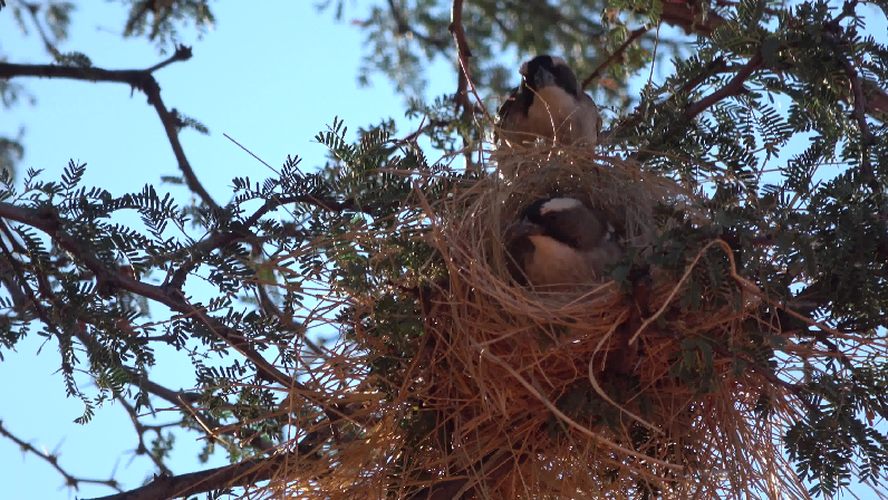Culture influences the architecture of the Gorrion nests
For many years it has been considered that birds nest on the basis of two factors: the tendencies of the species or group and the environmental factors. Now, however, it has also been proven that cultural tradition has a major influence on the study of the nests of a sort of gorilla in the Kalahari desert (Plocepasser mahali).
The research, published in the journal Science, helps to overcome prejudices, since architectural culture has been considered a human trait, although it has been demonstrated that there is cultural transmission in other aspects: singing, migration, food collection and use of tools. The study, conducted in Kalahari, analyzed 450 structures performed by 43 groups of the species Plocepasser mahali for two years. And you've seen that, although genetically similar and living all in the same environment, each group had its own constructive style. For example, some developed flat and robust structures, while others developed structures with wide access and exit pits.
Researchers have confirmed that structural differences have nothing to do with the size of the gorrions, or with the characteristics of the tree, or with time. On the contrary, when the group changes its place, it maintains its own style and if any individual goes to another group, it endorses the group's architecture.
Thus, researchers have come to the conclusion that social learning and group culture have a greater impact on the architecture of nests than the tendencies of the species and the environment.






